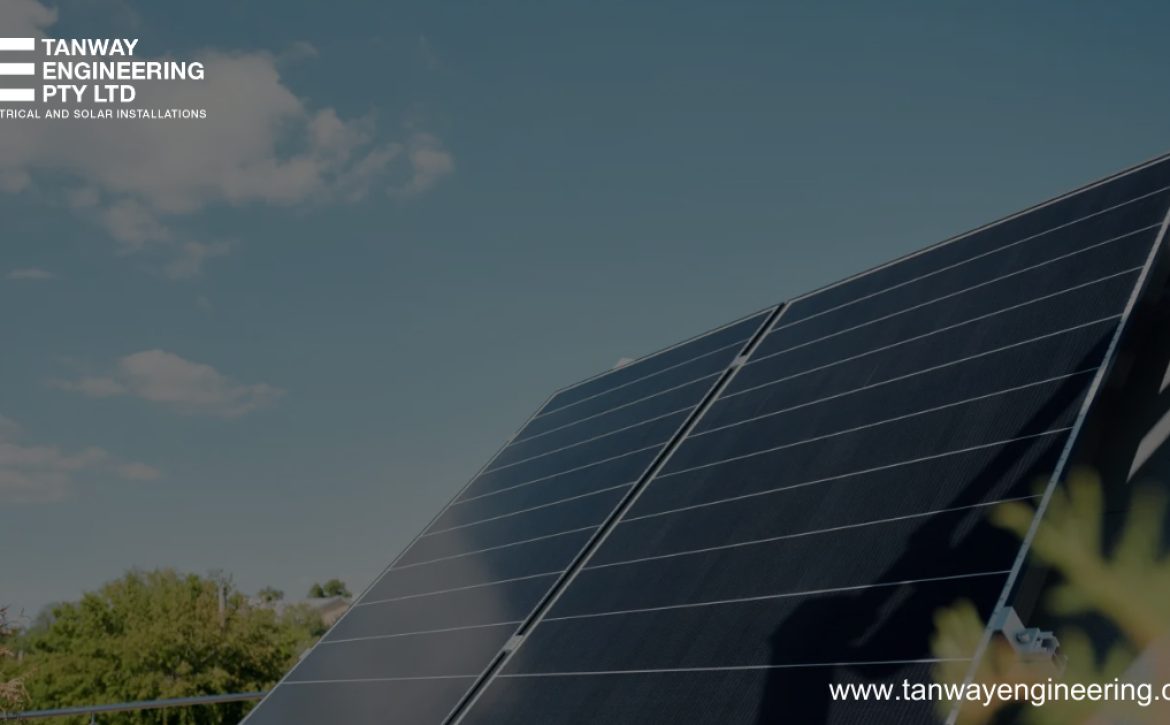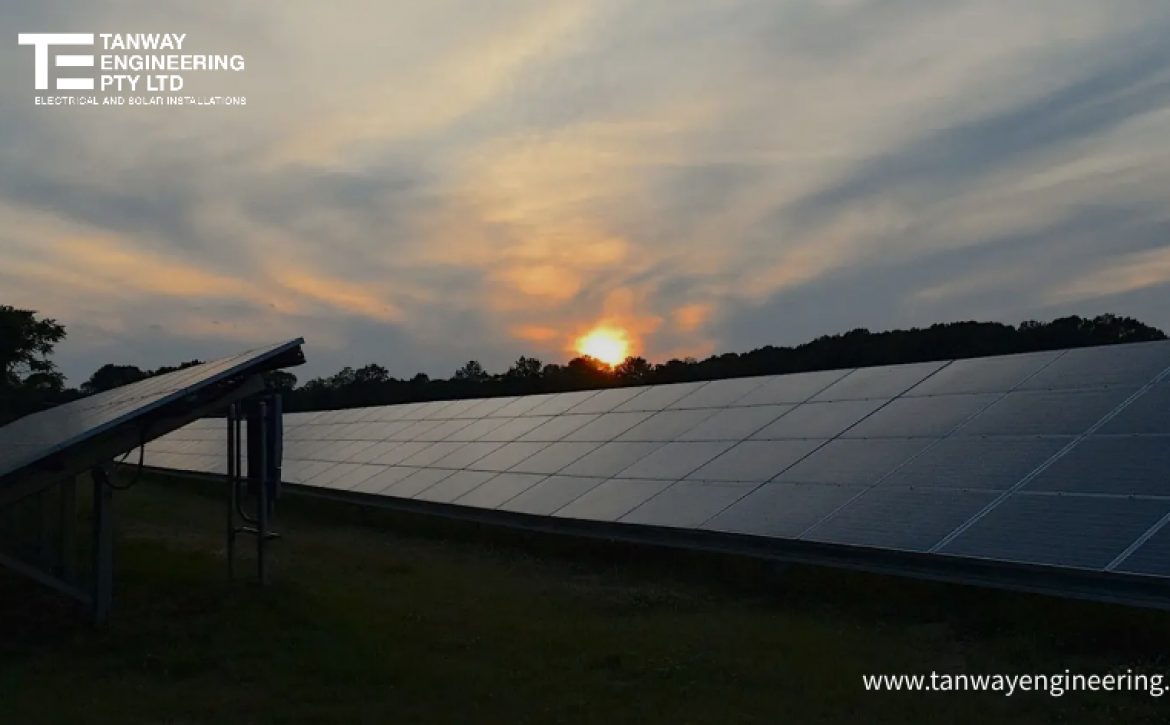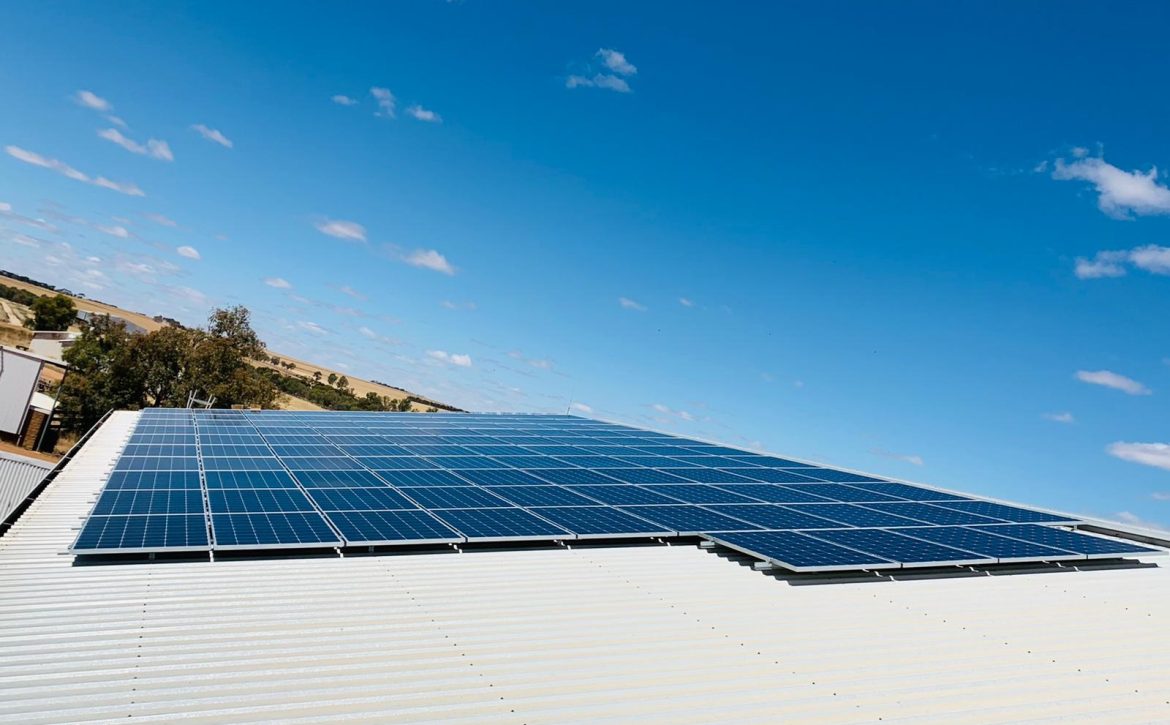A Guide to Choosing the Right Batteries for Your Solar System
With the growing emphasis on renewable energy sources, solar power has emerged as a popular choice for environmentally conscious individuals and businesses alike. One crucial component of a solar power system is the battery bank, which stores excess energy generated by solar panels for use during periods of low sunlight or at night. However, selecting the right batteries for your solar system can be a daunting task given the multitude of options available in the market. In this guide, we’ll explore the key factors to consider when choosing batteries for your solar system to ensure optimal performance and longevity.
Understand Your Energy Needs:
- Before diving into battery selection, it’s essential to assess your energy requirements. Consider factors such as your average daily energy consumption, peak load demands, and the duration of backup power needed during periods of low sunlight. This assessment will help you determine the capacity and size of the battery bank required to meet your needs effectively.
Battery Chemistry:
Batteries for solar systems come in various chemistries, each with its unique characteristics and performance attributes. The most common types include:
- Lead-Acid Batteries: Lead-acid batteries are the traditional choice for solar systems due to their affordability and reliability. They are available in two main variants: flooded (wet-cell) and sealed (valve-regulated lead-acid, or VRLA). Flooded lead-acid batteries require regular maintenance, including topping up with distilled water, while sealed lead-acid batteries are maintenance-free but typically costlier.
- Lithium-Ion Batteries: Lithium-ion batteries have gained popularity in recent years due to their high energy density, longer lifespan, and superior performance compared to lead-acid batteries. Although they come with a higher upfront cost, lithium-ion batteries offer better efficiency, deeper discharge cycles, and reduced maintenance requirements, making them a preferred choice for many solar installations.
Depth of Discharge (DoD):
- The depth of discharge refers to the percentage of a battery’s capacity that can be safely utilized before recharging. Different battery chemistries have varying DoD limitations, with lithium-ion batteries typically offering higher DoD compared to lead-acid batteries. A higher DoD allows for more usable energy storage and can prolong battery life by reducing the strain on the cells.
Lifecycle and Warranty:
- Consider the expected lifespan of the batteries and the warranty offered by the manufacturer. While lead-acid batteries may have a shorter lifespan compared to lithium-ion batteries, they are often more forgiving of improper usage and can be a cost-effective option for shorter-term projects. On the other hand, lithium-ion batteries typically come with longer lifespans and warranties, making them a more sustainable investment for long-term solar installations.
Temperature Sensitivity:
- Solar batteries can be sensitive to temperature fluctuations, which can impact their performance and longevity. Ensure that the batteries you choose are suitable for the climate conditions in your area. Some batteries may require additional cooling or heating mechanisms to maintain optimal operating temperatures, especially in extreme climates.
Choosing the right batteries for your solar system is a critical decision that can significantly impact the performance, reliability, and longevity of your renewable energy setup. By understanding your energy needs, considering battery chemistry, depth of discharge, lifecycle, warranty, and temperature sensitivity, you can make an informed decision that aligns with your goals and budget. Whether you opt for traditional lead-acid batteries or advanced lithium-ion technology, investing in high-quality batteries will ensure efficient energy storage and a sustainable solar power solution for years to come.





